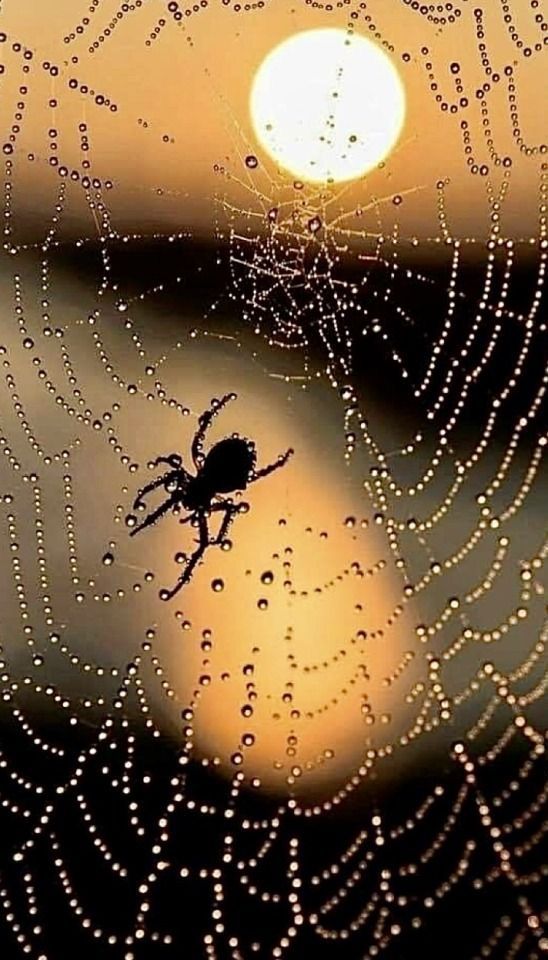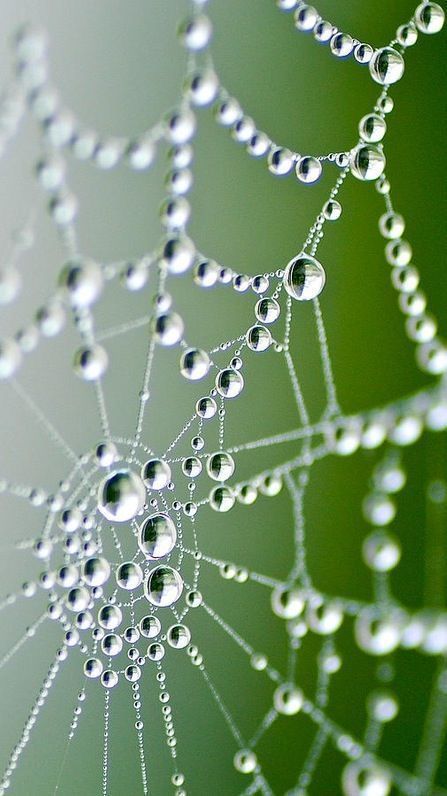This guide looks at top Macro Photography Gear for 2024. It will discuss lenses, lights, and tripods best for macro photography. You will learn trusted options to help you capture beauty in small places close-up. Macro photography has become very popular recently. This is because camera and lens technology has improved a lot. Now you can take very sharp close-up shots without big, heavy equipment. New stabilizers also help keep your camera still when taking macros.






Camera Bodies For Macro Photography
Camera bodies are crucial for macro success. Higher resolutions allow seeing intricate petal textures or insect eye structures. Professional full-frame models like the Nikon Z9 offer excellent optical quality with a 45.7-megapixel sensor. Its high speed also supports shooting skittish macro subjects. For APS-C fans, Fujifilm’s 26.1-megapixel X-T4 maintains color accuracy important to macros, along with 4K/60p video enabling recording close encounters. Mirrorless cameras’ silent shooting eases disturbing sittings. Live view boosts brings subjects into sharp perspective. Menus on bodies from Sony, Canon and others simplify settings for common macro adjustments like focus stacking. All support close focusing, fast continuous shooting for fleeting macro moments too.
| Manufacturer | Model | Key Features |
|---|---|---|
| Canon | EOS R5 Check Price on Amazon | – 45-megapixel full-frame sensor |
| – Bird/wildlife focusing also works for insects | ||
| Nikon | Z9 Check Price On Amazon | – High-resolution sensor (equal to EOS R5) |
| – Advanced tracking compatible with MACRO subjects | ||
| Sony | A1 Check Price On Amazon | – 50MP stills at 30fps |
| – Autofocus covers entomology needs | ||
| Panasonic | S1R Check Price On Amazon | – 47.3MP sensor |
| – Supreme resolution for intricate plant textures |
Lenses For macro photography
For macro, lenses define success. Certain features prove invaluable. Image stabilization minimizes blur from camera/subject movement, vital for sharp handheld shots. Autofocus speed and accuracy help capture fleeting moments. Focal lengths suit various working distances and styles. 50mm macros work well for small subjects and tight spaces but100mm lenses provide enough working room for larger critters without compression. At 150mm, one retains distance from skittish insects. Budget options like Canon EF-M 32mm prove versatile while premium 100mm lenses from Nikon and Sigma flawlessly render exquisite sharpness. For close-up perfection, consider macro lenses combining fast AF with 5-6x magnification such as Sony 90mm G OSS and Tamron 90mm VC USD.
Extension Tubes
Extension tubes provide affordable magnification for macro work. By moving lenses farther from cameras, tubes shorten minimum focusing distances, enhancing close-up abilities. Paired with standard zoom or prime lenses, tubes let exploiting optics not primarily designed for macro use. Common 12-25mm extensions precisely tune working distances. Lens-specific tubes ensure optimal attachment. For Nikon 50mm G FX lenses, the PK-12 and PK-13 tubes raise magnification to 1x and 2x respectively. Canon EOS shooters gain close-up precision attaching the EF12II to EF50mm f/1.8 lenses. Meanwhile, Kenko extenders suit diverse camera mounts. Used creatively, even simple tube and lens combinations expand macro perspectives limited by lens specifications alone.
Tripods For macro photography
Using tripods is virtually compulsory for macro photography. Even slight breezes threaten to ruin shots requiring sub-millimeter focus. Well-constructed tripods like the Vanguard Alta Pro 263AB prove remarkably stable yet portable. Their weight supports large DSLRs and long macro lenses without buckling. Ball heads such as the Really Right Stuff BH-55 elegantly provide fine control through smoothly-dampened tilting and swiveling motions. Joystick-type heads from Arca-Swiss and Really Right Stuff facilitate super-precise adjustments essential for multi-shot focus stacking. Carbon fiber tripods balance strength and lightness for field uses. Comparatively affordable aluminum Manfrotto models prove a solid value, bringing steady platforms within more budgets. Together with a quality tripod, macro work flourishes.
Focus Rail
Achieving pin-sharp focus across macro frames demands precise control. Focus rails form indispensable aids. Slide-type rails ease smoothly sliding lenses forward and back for focus stacking. Compact slide rails like the KS Gear Macro Rail ST address minimal space environments while retaining one-micron increments. Linear focus rails from Cognisys and Novoflex offer tracking movements in varied lengths to 150mm, covering lenses from portrait to macro. Ball-driven rails smoothly glide on precision balls, exemplified by Really Right Stuff M1 Ballhead Rail and Arca-Swiss p1 Rail System. For field macros, the Ritchey-Chrétien Straightedge Focus Rail remains a favorite with its lightweight rigidity. Together, focus rails elevate critical sharpness beyond hand focusing alone.
Reversing Ring For macro photography
When using a reversing ring, the lens is mounted backwards onto the camera body, facing away from the subject. This allows the lens to focus much closer than it normally could.
Close-up filters, also called diopters, are thin lenses that screw onto the front of the reversed lens. They function like reading glasses, increasing the magnification power and making the minimum focusing distance even shorter.
Different strength close-up filters, rated in +1, +2, etc., can be used alone or stacked for higher magnification. When combined with a reversing ring setup, they allow the photographer to get extremely close to tiny subjects.
The close-up filter, mounted between the reversed lens and the subject, bends and redirects the light rays entering the lens. This modifies its focal ability, enhancing macro capability beyond using just the reversing ring alone. It multiplies the magnification effect for intense close-up shooting of small samples.
Related Post: Macro Photography Tips
Ring Light
Appropriate lighting elevates macro results. Dark shadows obscure details, so dedicated lighting proves crucial. Ring lights efficiently surround lens barrels with wrap-around illumination. Models like the Emont ELR100 feature 32 neutral white LEDs controllable via app or buttons. Adjustable brightness from 1-100% and color temperature from 3200-5600K suit various macro subjects and effects. The Neewer 100 LED Ring Light delivers equivalent output in a more budget-friendly package. For field use, the Godox SL-60W contains its power in a slimmer design yet outputs glare-free light. Whether jamming onto reversal filter threads, sliding onto tripod mounts or via cold shoes, ring flashes banish shadows to spotlight fine textures through consistent, soft exposures.
Lens Filters
Lens filters open up creative expression in macro. Close-up filters attach to lenses or reversing rings to strengthen magnification as discussed. Polarizing filters reduce reflections from wet subjects and petals, intensifying colors. Neutral density filters allow narrower apertures for greater depth of field in bright conditions. Graduated neutral density filters balance exposures by darkening top halves. Filter sleeves and holders protect valuable lenses while enabling swift filter swaps. For macro work, essential filters include a UV filter to shield lenses and a protective filter when shootingstacking. Digital Notch filters isolate fluorescence. Cokin and Hoya wide-frame filter systems conveniently stack filters, essential as macro emphasizes controlled light.
Macro Rails
Macro rails excel as versatile support systems. Above focusing rails alone, macro rails add horizontal and vertical positioning control. Crafted from robust materials like aluminum and carbon fiber, rails smoothly glide lens assemblies into precisely aligned locations. Macro rails streamline focus stacking workflows through automated sequences guiding lenses across millimeter-measured increments. Models such as the StackShot Macro Rail capture multi-shot panoramas while maintaining focus planes, combining functions. Cross-compatible Arca rails integrate with Arca-Swiss compatible tripod heads. The Linear Programmable Macro Rail achieves sub-micron adjustments ideal for microscope emulation. Overall, macro rails upskill positioning abilities, expanding possibilities for intricate close-up artistry.
Flash Brackets
Off-camera flash opens new doors creatively. Flash brackets secure portable lights away from the lens axis, reducing reflections. Custom positioning delivers illumination from new angles that contour subjects. Arca-type flash brackets secure to compatible tripod heads with QR plates for swift setups. Options like the Impact Super clamp bracket accommodate a variety of hotshoe flashes. For studios, the Manfrotto Magnesium flash bracket offers durable mounting. Users explore lighting placements that cast defined shadows to accentuate textures, an effect beyond on-camera flash. Flash brackets excel as modular add-ons, empowering flashes as flexible studio tools in any location. Culling hard shadows enhances macro visual narratives.
DSLR or Mirrorless Camera
| Aspect | DSLR Cameras | Mirrorless Cameras |
|---|---|---|
| Advantages | – Wide range of lens options | – Compact and lightweight |
| – Longer battery life | – Electronic viewfinder for real-time exposure adjustments | |
| – Optical viewfinder for a traditional shooting experience | – Fast and accurate autofocus systems | |
| – Generally better ergonomics | – Silent shooting mode for discreet photography | |
| Disadvantages | – Bulkier and heavier | – Limited lens options compared to DSLRs |
| – Slower autofocus systems | – Shorter battery life due to smaller size | |
| – Limited video capabilities | – May suffer from overheating issues during prolonged use | |
| – Older technology compared to some mirrorless models | ||
| Latest Features and Advancements | – Improved autofocus systems with advanced tracking | – Enhanced in-body image stabilization (IBIS) |
| – Higher resolution sensors for better image quality | – High-speed continuous shooting rates | |
| – Integration of touchscreen interfaces for easier control | – Improved weather sealing for outdoor shooting | |
| – Enhanced connectivity options such as Wi-Fi and Bluetooth | – Advances in sensor technology for better low-light performance | |
| Recommendations | – Nikon D850: Excellent for macro with high-resolution sensor and versatile lens compatibility | – Sony A7R IV: Outstanding image quality with advanced autofocus and compact size |
| – Canon EOS 5D Mark IV: Reliable choice with robust build and wide lens selection | – Fujifilm X-T4: Great for macro with excellent image quality and compact design | |
| – Nikon Z7 II: Offers impressive autofocus performance and compatibility with F-mount lenses via adapter | – Panasonic Lumix S5: Ideal for macro with high-resolution sensor and IBIS for steady shots |
These recommendations are based on various factors such as sensor quality, autofocus performance, lens compatibility, and overall suitability for macro photography. It’s important for individuals to consider their specific needs and preferences when choosing between DSLR and mirrorless cameras for macro photography.
Focus Stacking Software
Focus stacking maximizes depth of field otherwise impossible. By merging multiple focused slices, entire subjects emerge pin sharp. Specialized stacking software streamlines complex assembling. Photoshop remains a standard, while Helicon Focus excels at processing speed and precision alignment algorithms. Zerene Stacker emerged as top option for intricate plant macros with color accuracy and plugin versatility for Lightroom/Photoshop. For basic use, Helicon Remote automates camera and focus rail operation during capture. Free tools like CombineZM work well within limits. On mobile, Foliac brings portable landscape/macro stacking. Newer packages like Brilliant Focal try simplified automation. Whatever the software used, focus stacking amplifies macro realism through dividing tiny focus increments across many images.
Shooting Table For macro photography
When photographing diminutive subjects, a dedicated shooting table establishes a predictable workspace. Stable tables like the Ikea Linnmon provide a cradled placement. Slatted surfaces allow pins or clips to gently secure specimens. Adjustable table heights from Manfrotto ease ergonomic viewing and focusing. Textured black or white backgrounds bring subjects into clear definition. Interchangeable background papers or seamless fabric offer flexibility. Drawers retain tools and supplies close at hand. Tables convert to field use by bracing atop tripods. Light pads beneath subjects elevate compositions. Overall, shooting tables exert careful, contained control optimal for studying petite wonders captured life-size or larger through macro lenses.
Final Thoughts
You learned about important gear for macro photography. Good equipment helps take close-up pictures. But equipment alone does not make great photos. You need practice, ideas, and to try new things too.
One way to get better is workshops with expert teachers. They can show you techniques without problems. Considering photo classes at Vibeztudio photography in Dubai could really help.
We also offer portrait photography, product photography, event photography, food photography and other photography and videography services. Book Now

